Introduction
Pine mushrooms, scientifically known as Tricholoma matsutake, are revered in culinary circles for their earthy aroma, delicate texture, and umami-rich flavor. Native to temperate forests across Asia, Europe, and North America, these elusive fungi emerge briefly during autumn, making them a prized ingredient for gourmands and home cooks alike. One of the most effective ways to capture their ephemeral essence is by transforming them into fragrant, versatile mushroom oil. This infused oil not only extends the shelf life of pine mushrooms but also creates a concentrated flavor bomb that elevates dishes ranging from pastas and risottos to roasted meats and salads. In this comprehensive guide, we will explore the intricate process of crafting pine mushroom oil, from selecting the finest specimens to bottling the golden elixir. Whether you are a seasoned forager or a curious food enthusiast, this tutorial will equip you with the knowledge to turn forest bounty into a pantry staple.
Understanding Pine Mushrooms: A Brief Primer
Before diving into the recipe, it is essential to appreciate the unique qualities of pine mushrooms. Unlike their cultivated counterparts, wild pine mushrooms grow in symbiotic relationships with tree roots, often pine or fir, which imparts a distinctive piney or resinous note to their flavor profile. Their caps range from creamy white to light brown, with a fibrous texture that retains a pleasant chewiness even when cooked. However, their seasonality and habitat make them both expensive and challenging to source. If fresh pine mushrooms are unavailable, high-quality dried varieties can be rehydrated, though the final oil may lack the same vibrancy.
Ingredients and Tools
Crafting mushroom oil requires minimal equipment but demands attention to detail. Here’s what you’ll need:
- 1 pound fresh pine mushrooms (or 4 ounces dried, rehydrated)
- 2 cups high-quality olive oil (or a neutral oil like grapeseed, for a milder base)
- 4 garlic cloves, thinly sliced (optional)
- 2 sprigs fresh thyme or 1 teaspoon dried thyme
- 1 bay leaf
- ½ teaspoon black peppercorns
- Fine-mesh strainer
- Cheesecloth or coffee filter
- Sterilized glass jars with airtight lids
- Saucepan or slow cooker
- Kitchen thermometer (optional, for precise temperature control)
Step 1: Preparing the Mushrooms
The foundation of exceptional mushroom oil lies in meticulous preparation. Begin by gently brushing the mushrooms to remove dirt, pine needles, or debris. Avoid rinsing them under water, as excess moisture can dilute the flavor and cause the oil to spoil. Trim the tough ends of the stems and slice the caps into uniform pieces—approximately ¼-inch thick. If using dried mushrooms, rehydrate them in warm water for 20 minutes, then drain and pat dry.
Step 2: Sautéing the Aromatics
In a saucepan over low heat, warm 2 tablespoons of olive oil. Add the sliced garlic and sauté until golden and fragrant, about 2 minutes. Stir in the thyme, bay leaf, and peppercorns, toasting the spices briefly to release their essential oils. This step builds a flavor base that will permeate the oil.
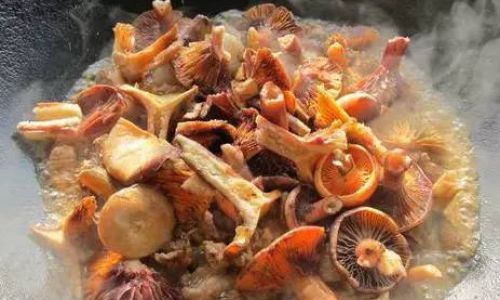
Step 3: Infusing the Oil
Add the remaining olive oil to the saucepan, followed by the prepared mushrooms. Stir gently to coat the mushrooms evenly. The key to a superior infusion is slow, low-heat cooking. Maintain the oil at a gentle simmer—around 180°F (82°C)—to prevent the mushrooms from frying or burning. Simmer for 45 minutes to 1 hour, stirring occasionally. The mushrooms will shrink and darken, and the oil will turn a rich amber hue.
Alternative Method: Slow Cooker Infusion
For a hands-off approach, transfer the mushroom-oil mixture to a slow cooker set to low. Cook for 4–6 hours, allowing the flavors to meld without risk of overheating. This method is ideal for deeper infusion but requires patience.
Step 4: Straining and Storing
Once the oil has cooled slightly, strain it through a fine-mesh strainer lined with cheesecloth or a coffee filter. Press the mushrooms gently to extract every drop of oil, but avoid forcing solids through the filter, as this may cloud the final product. Discard the solids or reserve them for another use, such as stirring into risotto.
Pour the strained oil into sterilized jars, leaving ½ inch of headspace to accommodate expansion. Seal tightly and store in a cool, dark place. Properly stored, mushroom oil can last up to 6 months, though its potency will diminish over time. For extended shelf life, refrigeration is recommended.
Step 5: Creative Applications
The beauty of pine mushroom oil lies in its versatility. Drizzle it over roasted vegetables, grilled fish, or creamy polenta. Whisk it into vinaigrettes or use it to finish soups and stews. For a decadent twist, brush it onto crusty bread before toasting or incorporate it into homemade pasta dough. The oil’s umami depth also pairs beautifully with cheese boards or charcuterie platters.
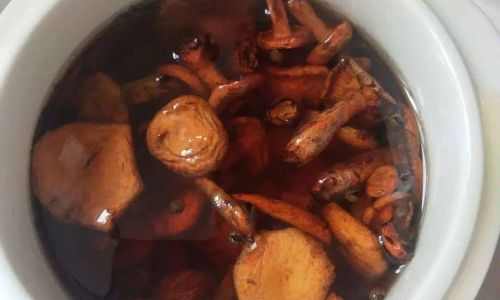
Troubleshooting and Tips
- Avoiding Bitterness: Overcooking the mushrooms can result in a bitter oil. Monitor the heat closely and remove from the stove at the first sign of browning.
- Flavor Customization: Experiment with additional herbs like rosemary or sage, or add a pinch of smoked paprika for a subtle smokiness.
- Reusing the Oil: While the strained oil is potent, avoid reusing it for frying, as the mushroom particles may burn.
- Gift-Worthy Presentation: Decant the oil into small, decorative bottles and tie a sprig of dried thyme around the neck for a thoughtful, handcrafted present.
Safety Considerations
- Mushroom Identification: Never consume wild mushrooms unless you are 100% certain of their identity. Consult a local mycological society or expert if foraging.
- Spoilage: If the oil develops an off smell, mold, or a cloudy appearance, discard it immediately.
Conclusion
Crafting pine mushroom oil is a labor of love that bridges the gap between culinary artistry and preservation. By transforming fleeting forest treasures into a durable elixir, you honor the mushroom’s essence while gaining a secret weapon in the kitchen. Whether splashed over a simple dish or gifted to a fellow food lover, this golden oil embodies the magic of autumn—a fleeting season captured in a bottle. As you embark on this aromatic journey, remember that patience and respect for ingredients yield rewards far beyond the plate. So, venture into the woods, gather your mushrooms, and let the alchemy begin.
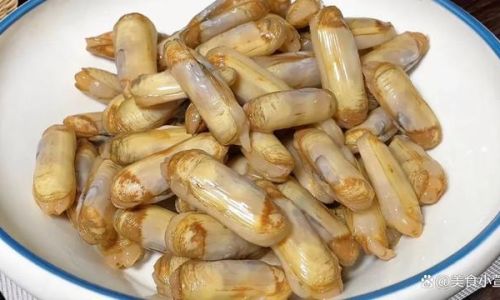
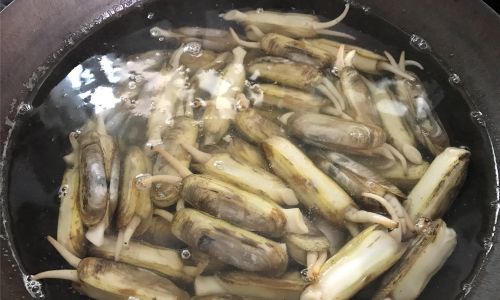

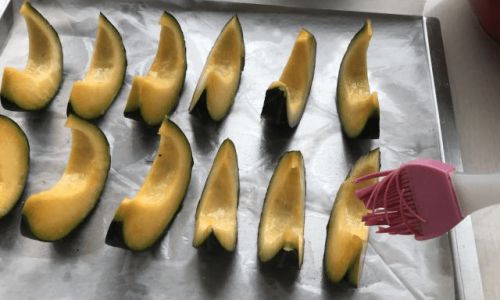
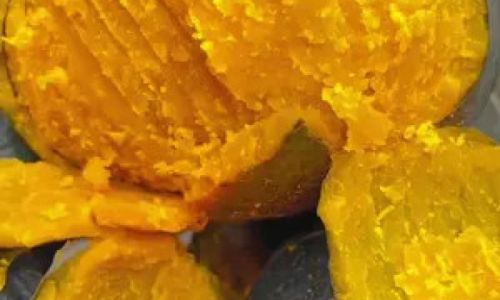
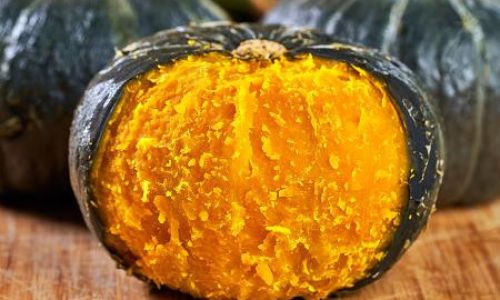
0 comments